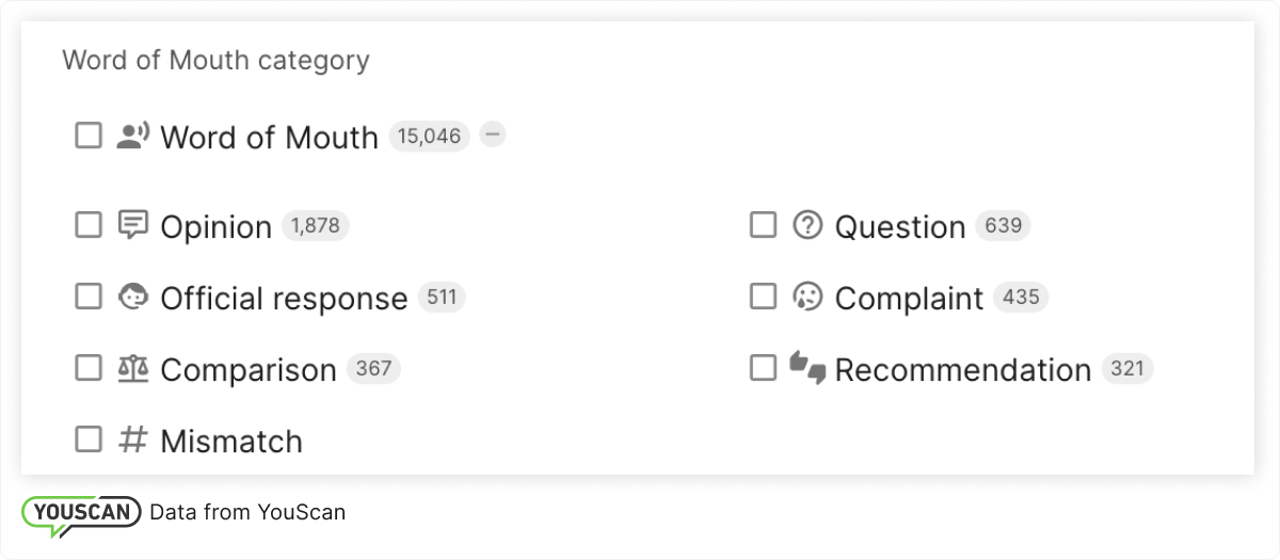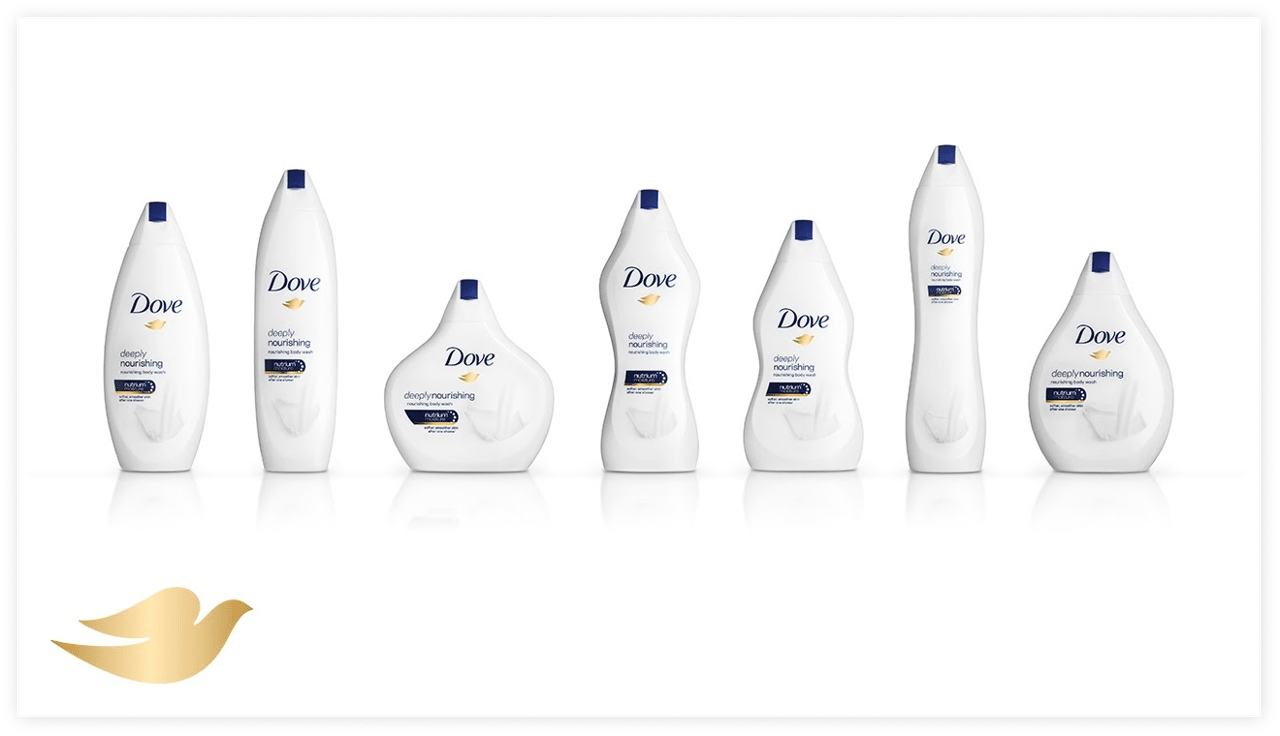Customer pain points: how to find and solve them?
.png)
One of the best strategies marketers can choose when launching a new product or service is resolving a customer problem. While Windows meets consumer needs in customization, Apple makes products that are easy to use and that just work. Both resolve customer problems – however, the types of problems are different. What consumer pain points can be covered by your brand, and how can you identify them?
What are customer pain points?
Pain points are specific problems that potential customers of your brand are experiencing. Pain points definition includes any issue a user may face while interacting with your product or service and anything that the company can improve for them.
At the same time, customers don’t necessarily realize their problems. That's why sometimes brands have to convince consumers that a specific product or brand will help improve their lives.
All significant examples of pain points can be grouped into three main categories:
Financial issues (when your customers pay too much to have their problem resolved)
Productivity (when cases require too much time and energy to be resolved)
Support (when your prospects don't get high-quality customer service)
This is not the complete list of possible types of customer pain points, but it can encourage reflection on which problems the features of your brand can address . For instance, if you look at your potential clients' financial issues, you can consider covering them by producing value products and also by promoting rational consumption. You can learn more about this in our article about consumer trends.
How to identify customer pain points?
Several types of research can help you identify pain points. You can choose one of them based on your budget, available time, flexibility, etc.
1. Quantitative customer research.
With this research, you identify consumer pain points using surveys, polls, questionaries, etc. One of the main benefits of this research is that the results can be depicted in numbers. This allows you, for instance, to rank the pain points for customers and to identify the most significant. The downside however is that you won't be able to go deeper into consumer reasoning behind certain answers.
2. Qualitative customer research.
This type of research allows customers to talk about the problems they face in detail. You can ask open-ended questions and build up the list of customer pain points.
In addition, you can map customer journeys and identify customer journey pain points. However, you won't be able to transfer the data into numbers nor get unbiased opinions because your questions will shape the answers.
3. Social listening.
This type of research is the most innovative and helps track audience pain points on a regular basis. You can collect all data related to a specific topic, brand, or several brands and track customer reviews. In addition, you can look into some auto categories like questions, complaints, opinions, and recommendations and read unbiased posts.


With social listening, you can get qualitative and quantitative information. In addition, the information is up to date as it is collected regularly.
Customer pain points examples
If you look at the parcel delivery industry in the US and analyze complaints, you'll see that the niche of punctual express delivery is still free as the major market players are not able to claim this position for their own.


If you look at the most frequent words among negative mentions for FedEx, you will see that they are customer service, wrong delivery date, and wrong address.


Users often compare FedEx with UPS; however, customers mention the same customer experience paint points. Therefore, most likely, clients will be ready to pay extra to get a more predictable and reliable delivery service.
For even faster pain points analysis, you can try YouScan's Insight Copilot. This feature is based on ChatGPT and can easily answer your questions based on social media data. For instance, we asked Insight Copilot what users think about customer service at FedEx, and you can see the answer below.


To summarize, here are FedEx's customer pain points:
Poor communication
Low reliability
Hidden shipping costs
At the same time, it's good for heavy parcels.
Pain points in business
Issues that businesses of different sizes and types face worldwide are hard to generalize, but there are some common pain points for all of them.
1. Positioning: this pain point is connected to how a brand presents itself in the market.
Taking the brand Dove as an example,they decided to show that every woman's body is beautiful through a limited collection of shower gel bottles.


However, the campaign faced an incredible amount of criticism. Social media users commented that instead of strengthening the image of a strong body, the campaign only served to increase self-consciousness.


2. Financial pain.
Many businesses face the necessity to cut costs but only some are able to do it in a way that doesn't create new user pain points. However, with social media listening, it's easy to track feedback and see how the changes influence customer loyalty based on what type of cuts the brand did (product quality, customer service, etc.).
For example, you can see that the number of negative reviews about MAC cosmetics has grown during the last year, and the main reason for this is poor customer service. Social media users mention that store consultants aren't trained well enough anymore.




Therefore, the brand has been losing customer loyalty as a result of reducing budgets.
Pain points in marketing: key learnings
Identifying customer pain points is useful for new product launches, as well as for improving existing products. There are several ways to track this data, but only social media listening allows you to set it up as an ongoing process and be aware of the slightest changes in customer moods.
To identify your customer pain points, just follow these three l steps:
analyze negative feedback, use auto-categories such as complaints and comparison
track campaigns and see how they align with your brand strategy
analyze how your business decisions affect customer loyalty and improve processes.
To make this process more effective, try YouScan's free demo and find your brand's pain points.



.png)